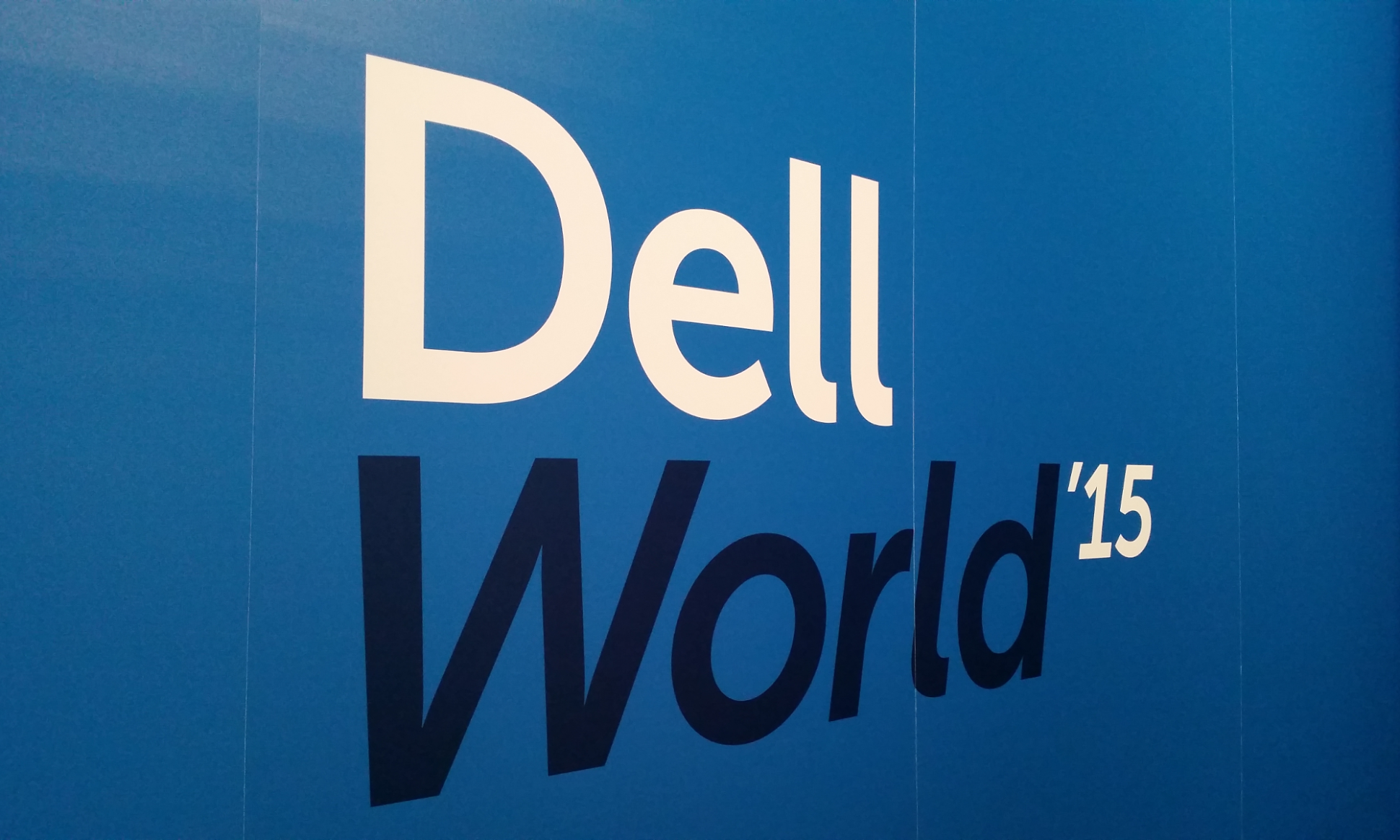Dell Says The Future Of IoT Is At The Edge

At Dell Edge Gateway 5000 series.
Designed to collect and process sensor data at the edge of the network, the Edge Gateway is essentially a server with extra I/O options such as RS-422 serial interfaces and 802.15.4 mesh wireless. It’s purported to have expansion options for whatever connection possibilities the future may bring.
Unlike Amazon’s IoT approach that has sensor devices sending massive amounts of data into the cloud for processing, Dell have embraced an edge-processing approach. The Edge Gateway supports the Dell Statistica software to process data to ensure that only meaningful data is sent into the cloud, or back to central data centres.
“Organizations are struggling to make the best decisions regarding the data volume and complexity created by the vast numbers of sensors, embedded systems and connected devices now on the network,” said Andy Rhodes, executive director, Commercial IoT Solutions, Dell. “As more of the data is processed in real time at the edge of the network, the gateway becomes the spam filter for IoT.”
For all the hype around IoT at the moment, there is precious little time spent on the boring logistics required to move around all the data it generates. People who advocate throwing everything into the cloud to take advantage of magical Big Data tools seem to ignore the part the network plays. In the same vein, simply having a lot of data doesn’t provide much value. The value of data is how it’s used.
Dell’s approach to data analysis is something I feel will become more prevalent. The combination of modern software, particularly some of the open source tools that are available, and hyper-converged infrastructure to run it on is a particularly strong approach to data analysis at the edge. Then, instead of throwing yet more data into a pond (or lake, or whatever water-based metaphor we’re using today) somewhere in the magical cloud to figure out what it all means, we can figure out what we’re using the data for in the first place.
For companies without infinite money for storage and network bandwidth, doing most of the work out at the edge makes a lot of sense. Centralised analysis of data makes sense if you’re trying to correlate between all the disparate devices to find some sort of global pattern that isn’t possible to find out at the edge.
What’s not clear to me yet is which of these situations is going to be the most prevalent with IoT sensor based telemetry data. There will be a mix, but the actual proportions aren’t easy to see from where we are today.
This article first appeared in Forbes.com here.